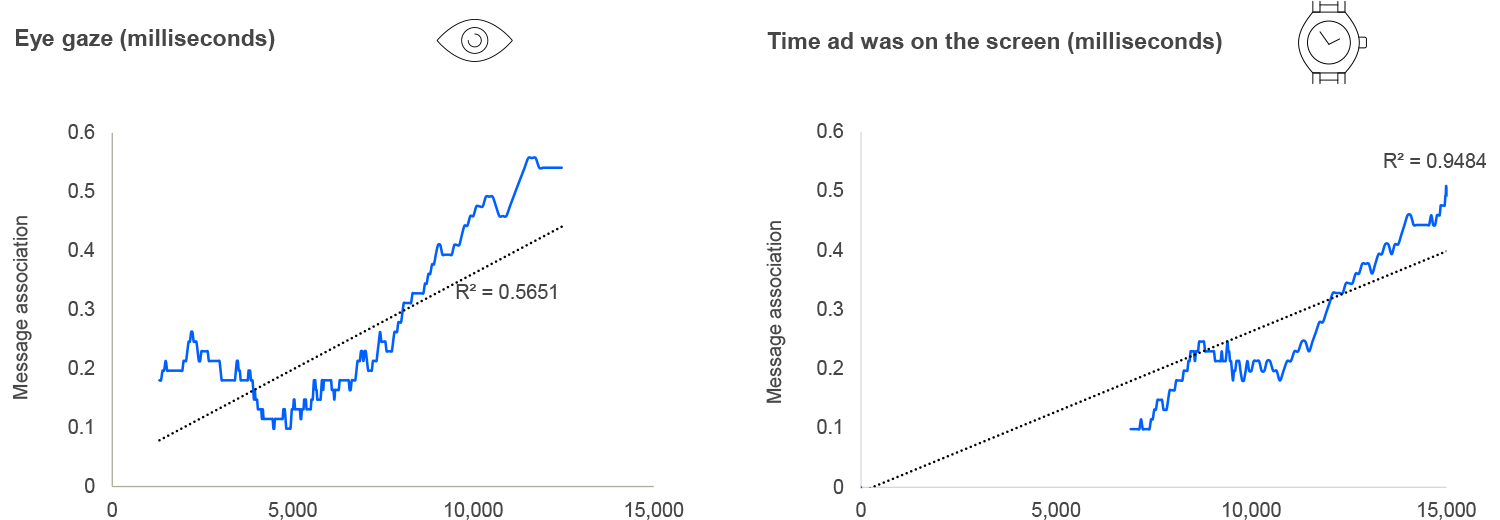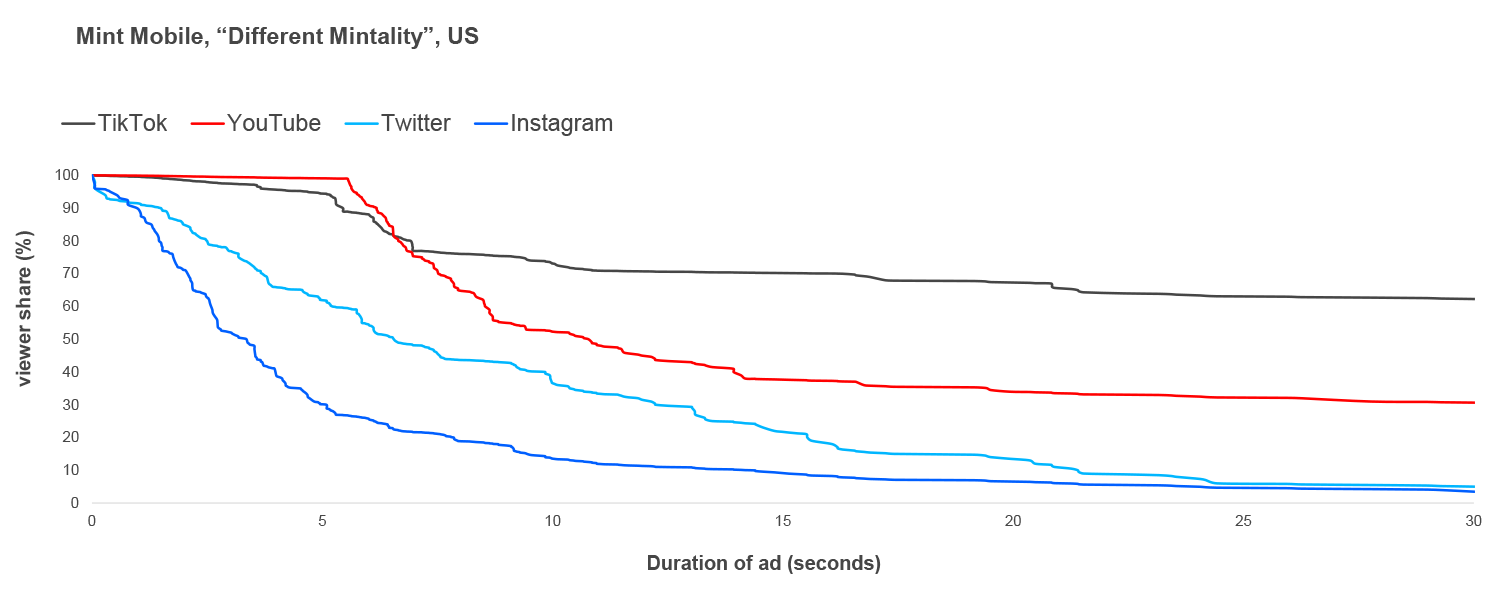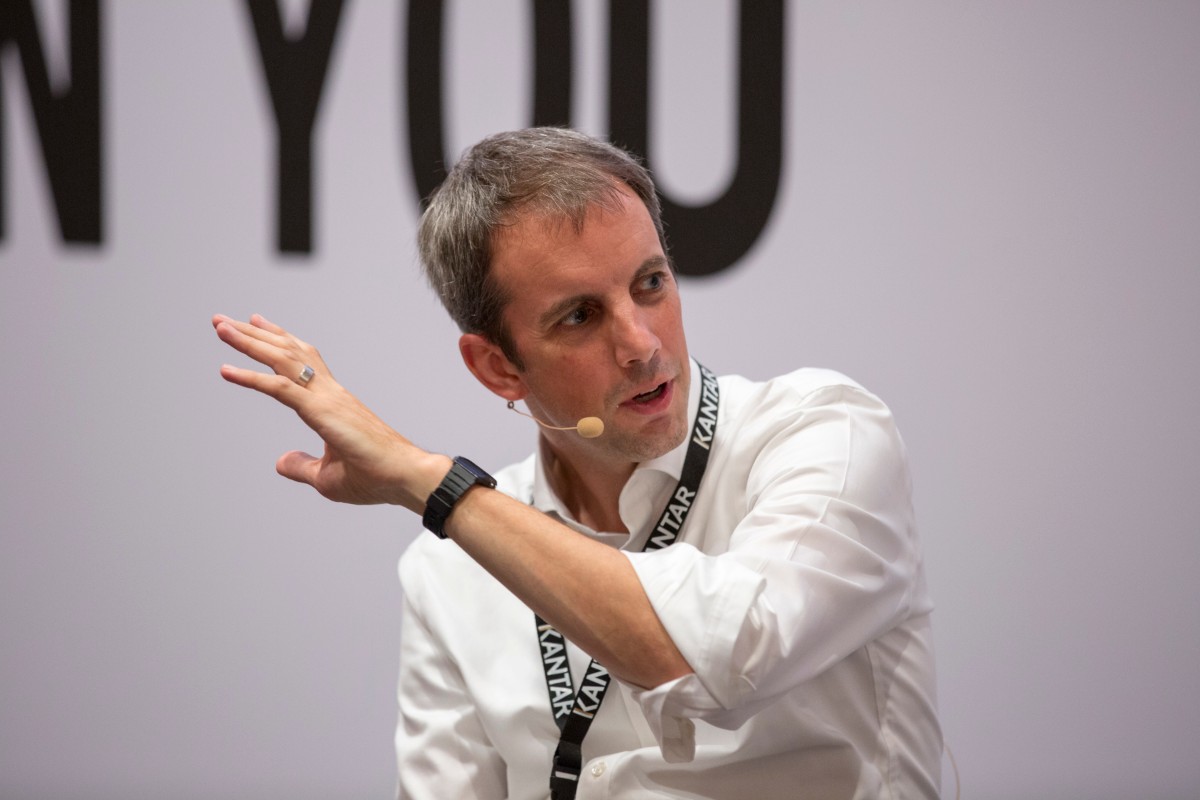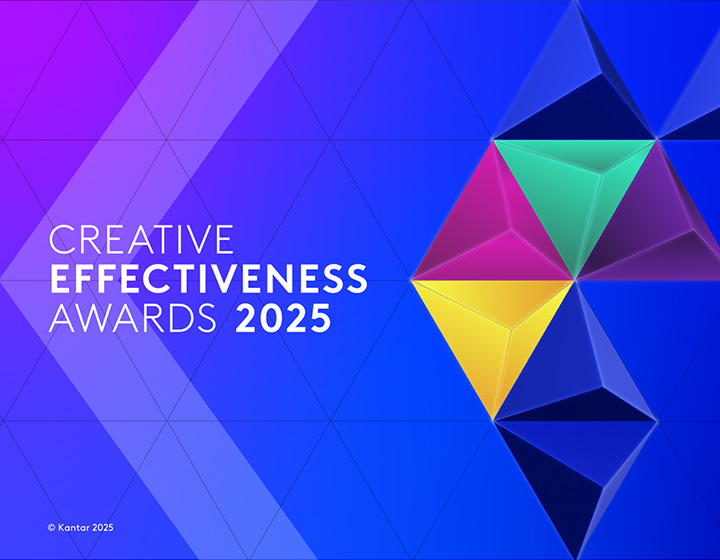Every year Cannes Lions surfaces the big themes that matter in advertising, and there is a lot to learn from the award winning campaigns. But the event isn’t just a celebration of creativity. While creativity was debated and celebrated in the Palais award shows, all the major media platforms and agencies were vying for attention outside. Meta, Google, Twitter, Snap, Spotify and others were lined up on the beachfront, along with many media agencies. 2022 also saw the arrival of the Amazon Port at Cannes - not surprising when you consider their ad revenues now equal the entire global newspaper industry.
Sitting neatly at the intersection of media magic and creative success is the debate around attention, which was a topic du jour from day one. Advertisers are increasingly keen to create ads that capture and retain attention. Publishers want to show they have the environments that deliver high-quality attention. And Agencies want to place ads where they can generate the most attention for their clients’ money.
The Attention Economy means brands need to cut through the noise, but they can’t do this by shouting louder, or by over-investing and simply adding to the clutter. Inflation and fears of recession put even greater emphasis on campaign ROI, so advertisers need to get smarter about improving attention via media planning and creative development processes.
Why is attention such a hot topic?
One reason is the demise of the cookie. Restrictions on targeting capabilities are leading to a resurgence of interest in contextual and format-based targeting.
Another driver is that audience measurement is evolving beyond viewability, beyond what the machine delivers, and incorporating a greater understanding of what the human sees. Or as Karen Nelson-Field puts it, moving away from “inward” insight about how an ad is served, to using more “outward” data concerning whether it was really viewed.
Get more attention for your media money
I spoke on a panel at Cannes hosted by Teads (the global media platform), Attention, the new metric you can’t miss, with L'Oréal, OMD Worldwide, Havas Media Group and Lumen Research. We debated whether attention metrics can be the foundation for improving the online ad experience and enhancing effectiveness. It seems the jury is still out on whether attention will become a new media buying currency, but it is certainly impacting media planning decisions and driving a useful debate around consumer attention being limited and valuable. The search for more attention makes sense because there is already decent evidence that more attention is likely to generate stronger brand lift.
Based on a large-scale study conducted in partnership with GroupM, we saw that greater attention measured by eye gaze results in stronger brand endorsement. However, for the skippable format shown below, the relationship was no stronger than the relationship we saw with behavioural time viewed.
Both eye gaze and time on screen have relationships with brand endorsement

How to measure attention
A lot of the attention measurement debate is focussed on eye tracking and predictive eye tracking tools which are being built into media planning systems. Attention can be measured in many ways. Machines, eyes and faces all provide legitimate signals, and what is ‘best’ depends heavily on the application. For one-off landscaping studies, you ideally want comprehensive measurement across multiple methods. This is what we deployed for the GroupM study which assessed four mobile video formats for three advertisers in three countries using ad completion, eye gaze, facial expressions and attitudinal responses. For industrial, ongoing measurement, you probably need to pick the most relevant metric. AI-based predictions of attention will likely play more of a role in the future, but we need to learn more about the strengths and limitations of machine learning vs human measurement.
In their media plans, marketers should not be aiming for attention at any cost. We know from our Media Reactions media evaluation research that ads are 7x more effective among receptive audiences. So, in the rush to generate more attention, advertisers and platforms should be careful not to inadvertently promote formats that are overly intrusive and likely to create consumer backlash.
Advertisers should also consider how much attention they really need. There is no point paying for a premium, high-attention environment if your ad doesn’t need long to achieve its objectives. While more complex stories and messaging need more time, some saliency campaigns need only a few seconds to remind consumers about their favourite brands.
Great ads demand attention
Once the platforms and ad formats have been selected, the question becomes whether your ads can make the most of those opportunities. Your ad quality determines how much attention you receive, especially within skippable environments.
Ryan Reynolds was the must-see speech at Cannes, with huge lines queueing to hear him talk about “telling stories that consumers want to hear”. But even he can’t get everyone to watch his ads to completion. Using Kantar’s automated Context Lab solution on Kantar Marketplace we tested his 36- second “Different Mintality” ad for Mint Mobile across four digital formats. The ad worked well across all formats, but audience retention was stronger on TikTok and YouTube, resulting in greater brand impact. However, even for this successful creative many consumers skipped before seeing half of the ad.
Even Ryan Reynolds can’t get everyone to watch his ads to completion

I recently compiled Kantar’s learning on the role of attention in the creative development process, sharing the findings at an Attention Council webinar and in this Human-centric AI podcast with Affectiva.
Attention measurement is baked into Kantar’s ad testing and development. We have assessed around 50,000 video ads using facial coding and tested over 10,000 digital ads in context where we capture attitudinal and behavioural responses. For print or outdoor ads, we also use behavioural techniques to understand areas of focus within those ads.
We’ve learned there are different ways to capture attention. Our brain is programmed to pay attention to things that are very different, personally relevant and make us feel something, so ads should be entertaining, engaging and emotive.
These three traits are highlighted by Kantar’s 2022 Creative Effectiveness award winners.
- The Chupa Chups “XXL Flavour Playlist” TV ad from Spain entertained in a unique way using an animoji-type graphics and editing à la TikTok.
- The Samsung Galaxy Z Fold3 5G digital billboard with Google engaged with a simple, sleek and effective product demonstration.
- And the Mitre 10 “With You All The Way” TV ad successfully wove an emotive storyline into the home improvements shopping experience.
Conclusions
So, what’s the best way to measure attention in the creative development process? For videos we’ve found our facial coding measure of ’Expressiveness’ is more useful than the basic ’Attention’ measure of time looking at the screen. Expressiveness (which we could consider to be engaged attention) is more diagnostic since it is based on lots of different reactions at different times during an ad, and it validates better to sales effectiveness.
Yet neither attention nor expressiveness are sufficient to assess the overall quality of an ad. Other key attitudinal measures such as enjoyment, branding and persuasiveness are required to make a strong validation of sales effectiveness. This means attention is necessary but not sufficient for creative effectiveness.
The renewed focus on attention measurement should be welcomed. Attention matters and it is an especially precious commodity in skippable digital environments. Optimising your attention per dollar spent is likely to increase campaign performance. The best ads can earn more attention, so make sure you test them to understand both behavioural and attitudinal responses. Keep in mind that attention is not a new destination, rather a stepping-stone on the road to successfully building brands and driving sales.
Get in touch to discuss how attention measurement can improve your media planning and creative effectiveness.


